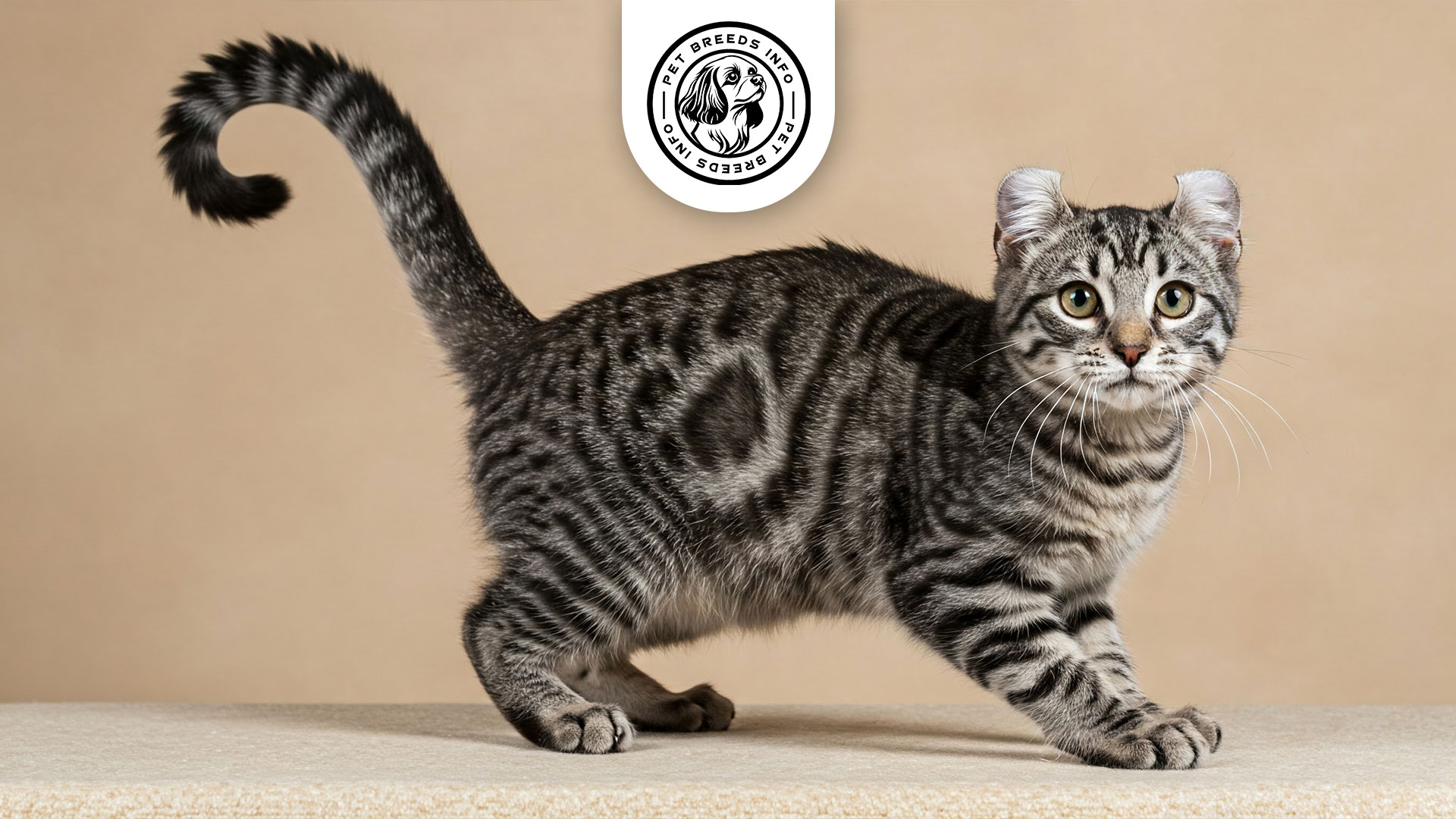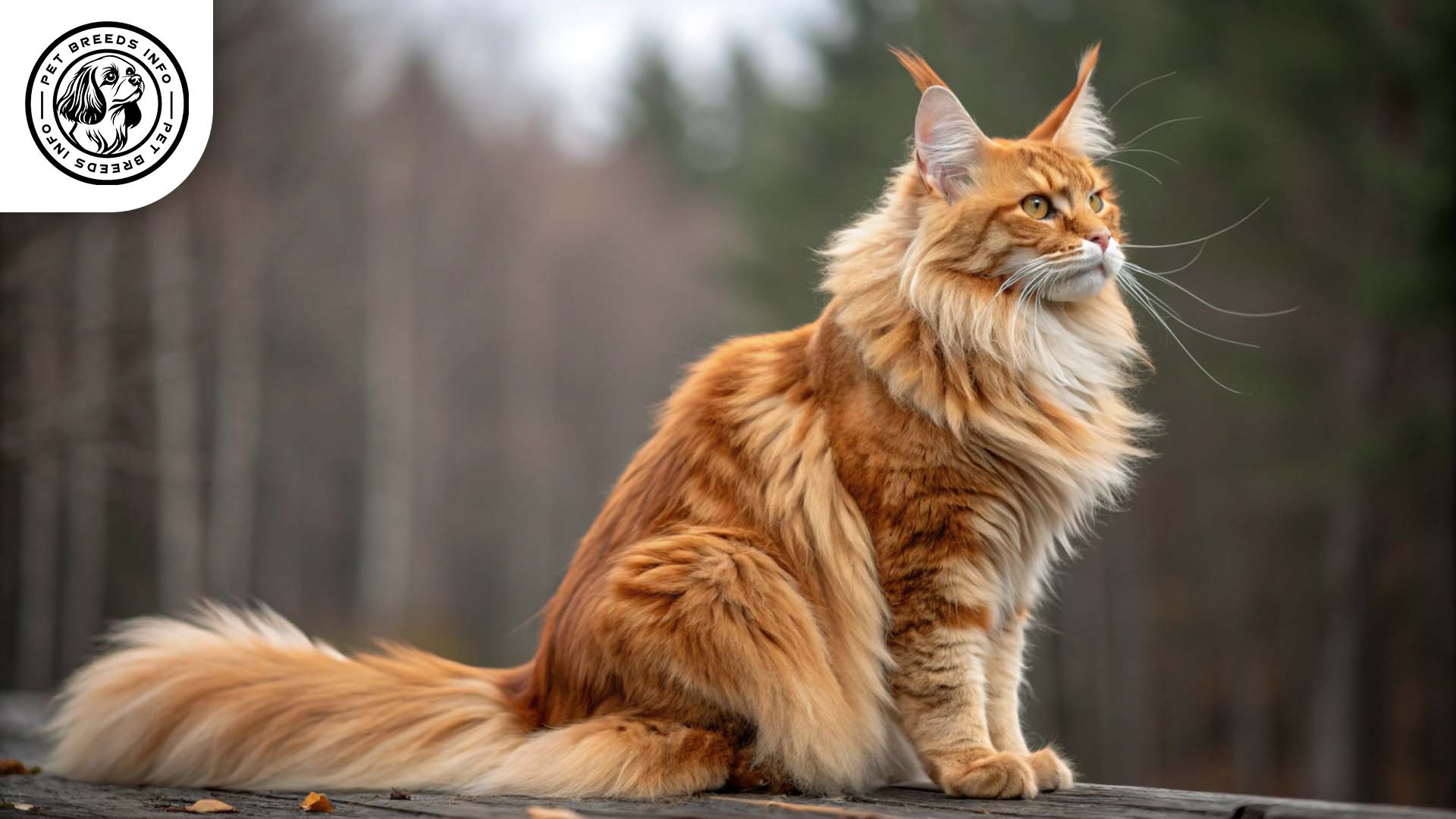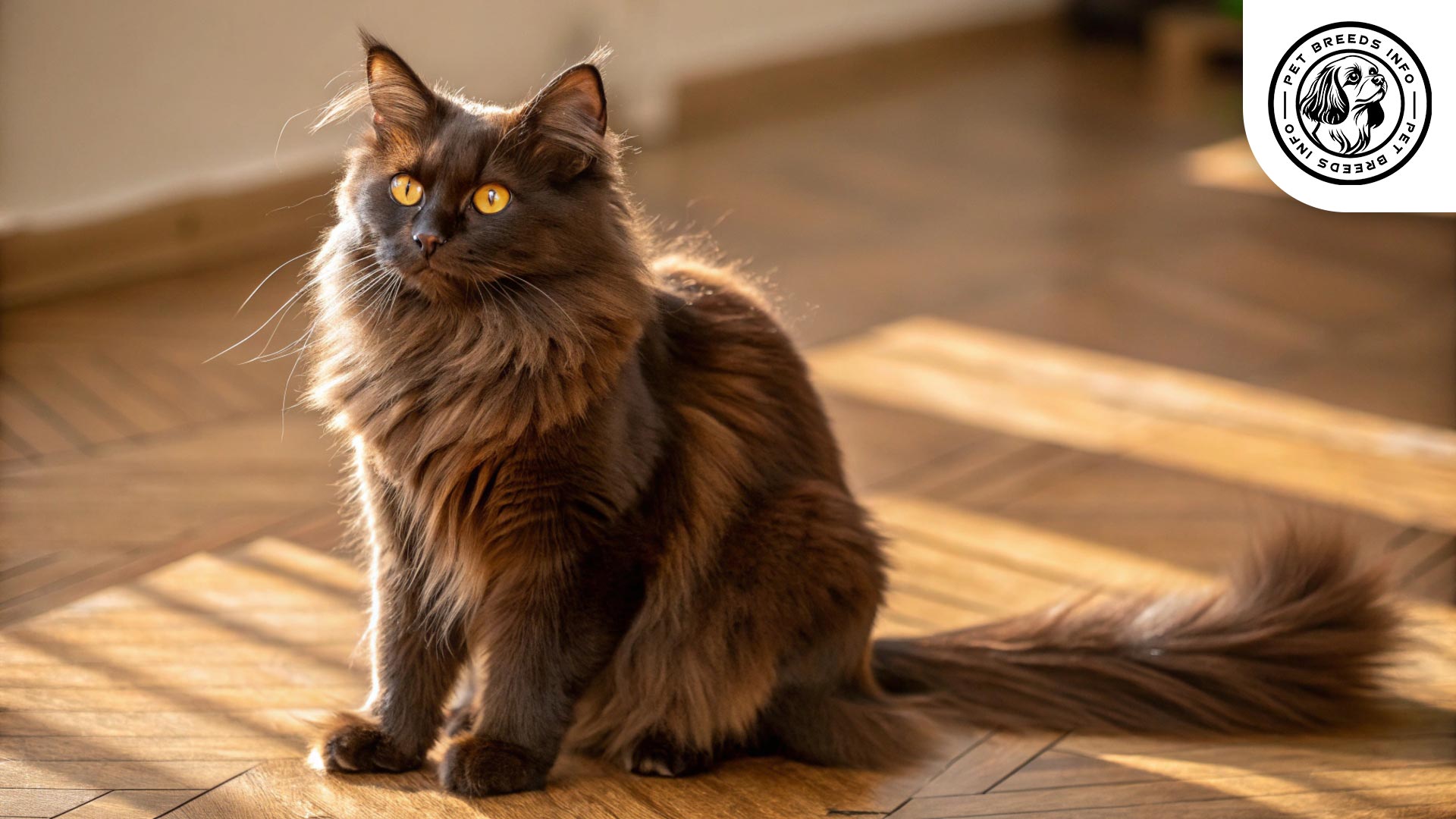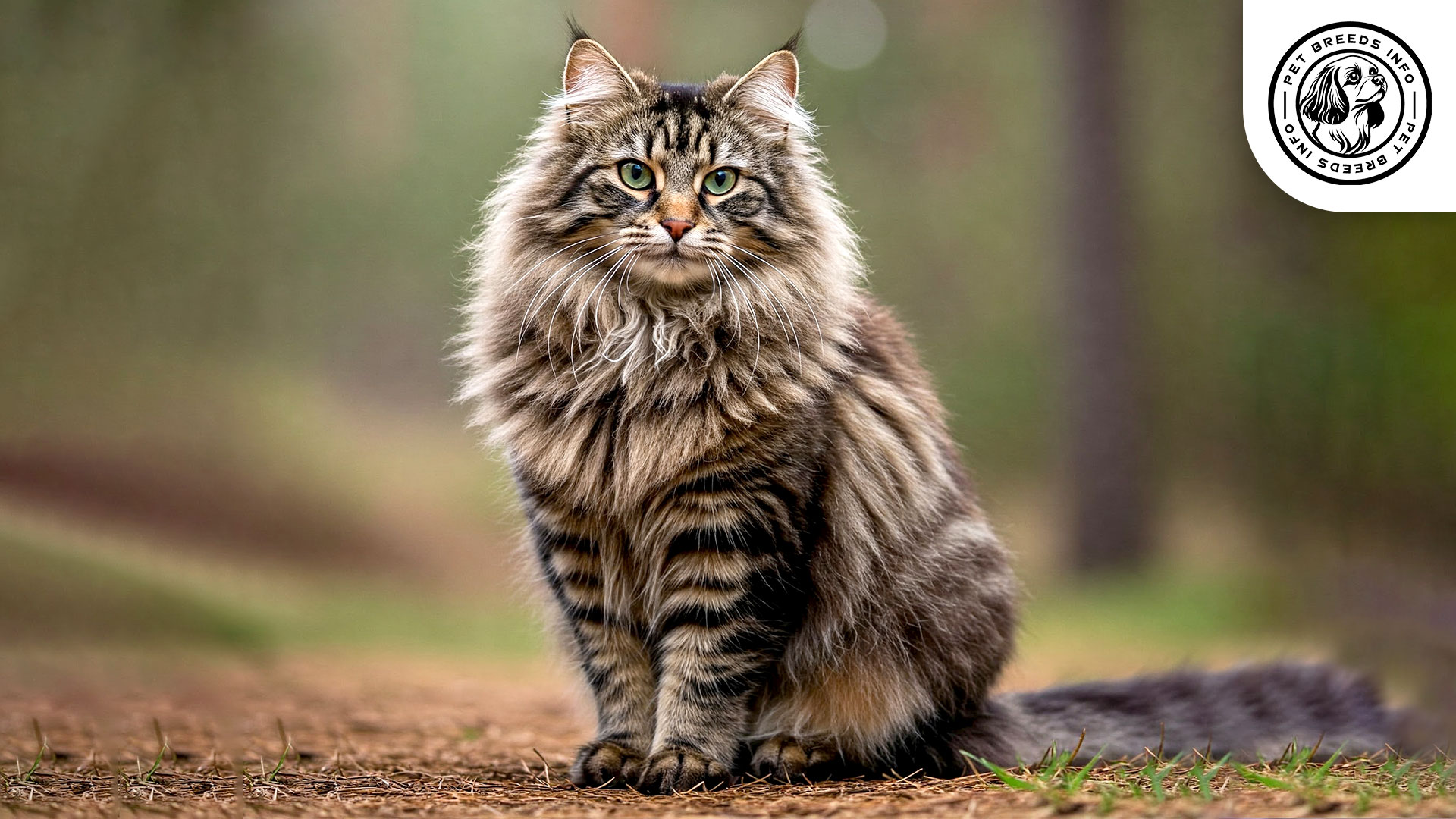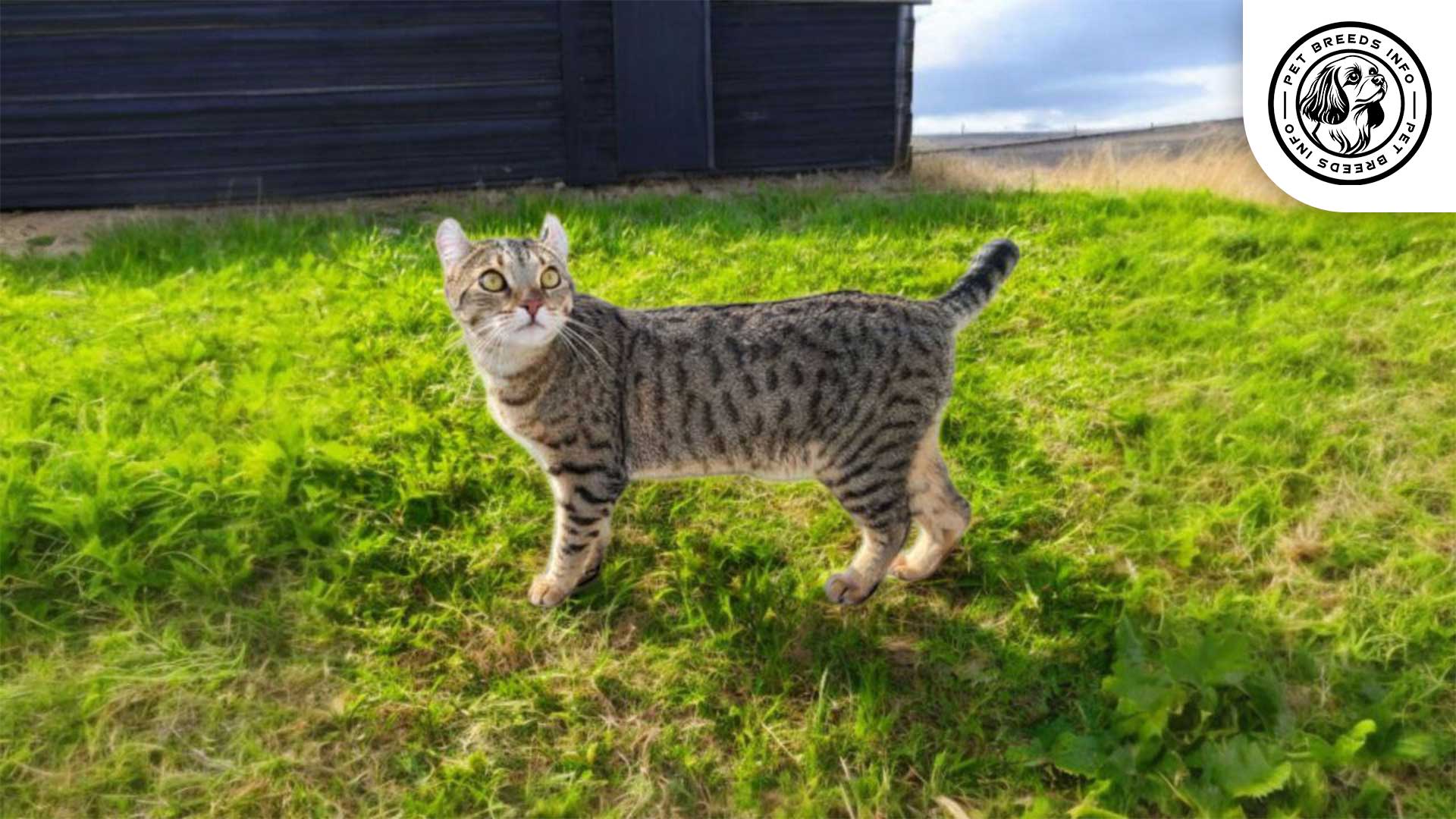Cymric Cat Breed: Size, Health, Price & Personality
General Introduction of the Breed
The Cymric cat, often called the Longhaired Manx, is a stunning, longhaired cousin of the Manx breed. Hailing from the Isle of Man in the Irish Sea, this breed’s iconic tailless trait comes from a natural genetic mutation that gives it a unique charm. While it shares its roots with the Manx, the Cymric’s lush, long coat makes it stand out as a distinct beauty. Gaining popularity in the late 20th century, dedicated breeders worked hard to secure its recognition among feline associations. With its striking look and rich heritage, the Cymric is a captivating choice for cat lovers seeking something special.
The Cymric cat is an affectionate, loyal, and playful breed with a striking look, thriving on companionship and moderate activity in loving homes.Quick Overview
Affectionate - 90%
Independent - 50%
Intelligent - 85%
Sociable - 85%
Vocal - 50%
Shedding - 60%
Energetic - 70%
70%
100
| Weight | Males: 9-13 lbs Females: 7-11 lbs |
| Lifespan | 12-16 years with proper care |
| Diet | High-protein, balanced diet (dry, wet, or raw with vet guidance); avoid toxic foods; portion control to avoid weight gain. |
| Care | Moderate exercise; regular grooming (2–3 times/week); routine hygiene; sensitive to temperature extremes. |
| Health | Prone to Manx Syndrome (spinal/spinal cord defects from tailless gene), arthritis in hind legs, digestive issues; regular vet care essential. |
| Color | Wide range of colors including solid, tabby, and bicolor |
| Nature | Intelligent, affectionate, playful, loyal, good with children and other pets, thrives on companionship |
| Price | $300 – $1,500; ethical breeders and adoption centers recommended |
Table of Contents
Physical Characteristics
The Cymric is a medium to large cat, with males typically weighing between 9 to 13 pounds and females ranging from 7 to 11 pounds. It has a muscular, compact body with a broad chest and strong hindquarters.
The breed has a dense, double-layered coat that can appear in various colors and patterns, including solid, tabby, and bi-color. The fur is soft and silky, requiring regular grooming to prevent tangles.
Its eyes are large and round, with colors that often correspond to the coat color. Common eye shades include gold, green, hazel, and copper.
The ears are medium-sized, slightly rounded at the tips, and set wide apart. One of the most notable physical traits is the absence of a tail, though some Cymrics may have a small stump or partial tail.
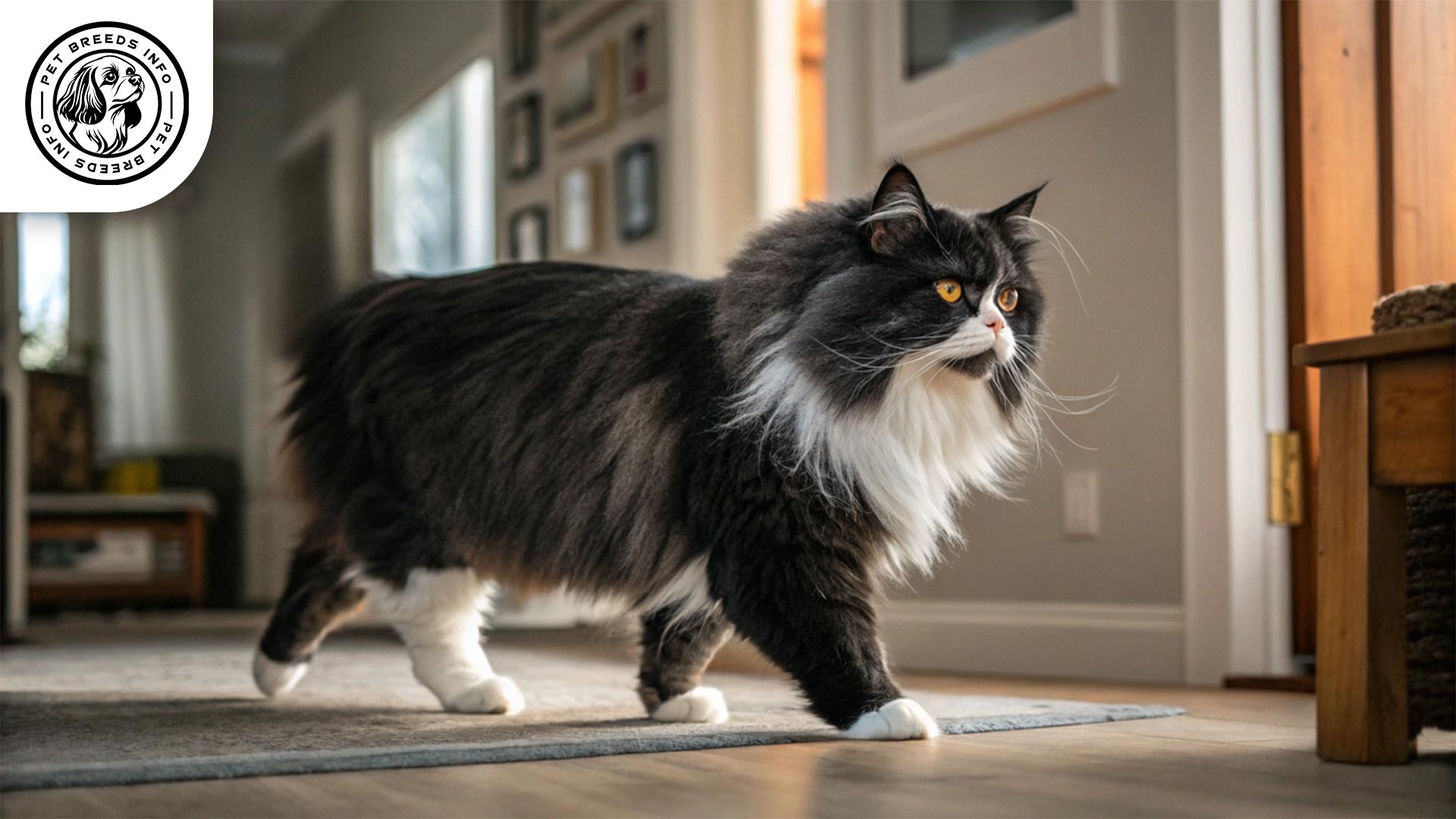
Personality and Temperament
The Cymric is an intelligent and highly adaptable cat. It learns quickly and enjoys interactive play, making it easy to train.
This breed has a moderate energy level, requiring regular playtime to stay active but also enjoying lounging with its owners.
Affectionate and devoted, the Cymric forms strong bonds with its human companions. It tends to be very loyal and enjoys following its owners around the house.
The breed is friendly and gets along well with children and other pets. It thrives on companionship and does not like being left alone for extended periods.
Its playful nature includes strong hunting instincts, making it excellent at chasing toys and even learning tricks.
The Cymric is sensitive to its surroundings and can be affected by sudden changes in routine or environment.
Care and Maintenance Requirements
The Cymric has moderate exercise needs and enjoys interactive toys, climbing structures, and play sessions with its owner.
It adapts well to both apartments and larger homes, as long as it gets enough stimulation and attention.
Regular grooming is essential due to its thick double coat. Brushing two to three times a week helps prevent matting and reduces shedding.
The breed is relatively hardy but may be sensitive to extreme heat or cold due to its dense fur.
Routine hygiene includes occasional baths, regular nail trimming, ear cleaning, and dental care to prevent gum disease.
Diet and Nutrition
A high-protein diet, preferably with quality dry or wet cat food, is recommended for the Cymric. Some owners may opt for a raw or natural diet with veterinary guidance.
Read More: Chausie Cat
The breed does not have specific dietary restrictions but benefits from a balanced diet that includes essential fatty acids for coat health.
Owners should avoid feeding the Cymric toxic foods such as chocolate, onions, garlic, and raw fish.
Portion control is important to prevent overeating and weight gain. Two measured meals per day are typically recommended.
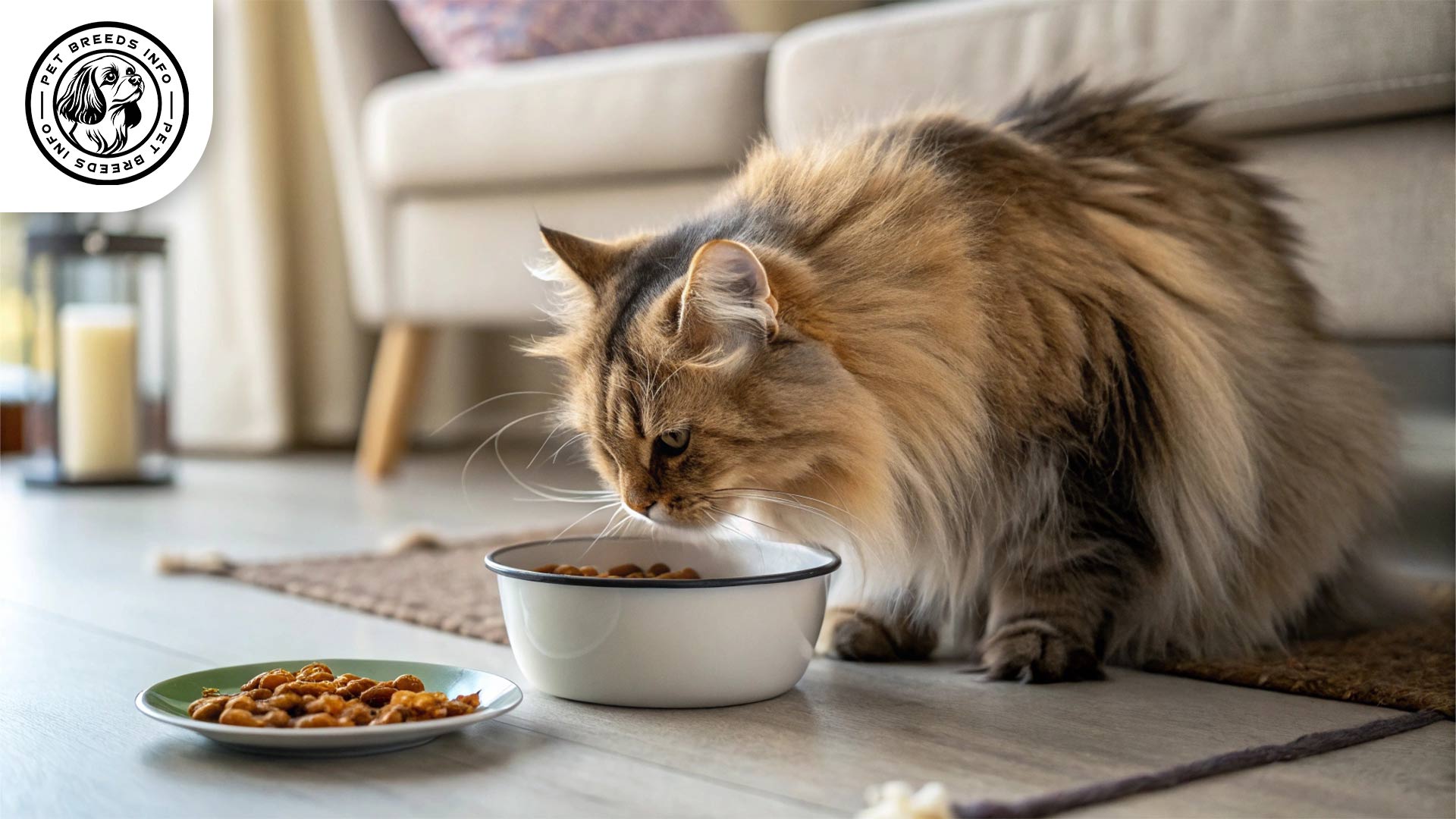
Health and Common Medical Issues
The Cymric cat, a close cousin of the Manx, is generally a healthy breed but inherits some genetic quirks due to its tailless gene. A key concern is Manx Syndrome, which can cause spinal defects, and some may develop arthritis in their hind legs, impacting mobility. Digestive issues can also pop up, often manageable with veterinary-approved diets. With proper care, Cymrics typically enjoy a lifespan of 12 to 16 years, full of love and purrs. To keep them thriving, stick to routine vaccinations, consistent parasite prevention, and annual vet checkups to catch any issues early and ensure a long, happy life.
Training and Behavior Management
The Cymric is easy to train due to its intelligence and eagerness to please. It can learn commands, tricks, and even use puzzle toys.
Read More: Highlander Cat
Positive reinforcement works best for this breed. Reward-based training with treats and praise helps reinforce good behavior.
Early socialization is key to ensuring a well-adjusted and friendly temperament.
Owners should provide interactive toys and scratching posts to deter destructive behaviors.
Interaction with Other Animals and Humans
The Cymric is well-suited for families with children, as it enjoys playtime and gentle interaction with younger members.
It generally gets along well with other pets, including cats and cat-friendly dogs, especially if socialized from an early age.
This breed thrives in both family environments and single-person households, as long as it receives ample attention and companionship.
While affectionate, the Cymric retains some independence but prefers company and does not tolerate long periods of isolation.
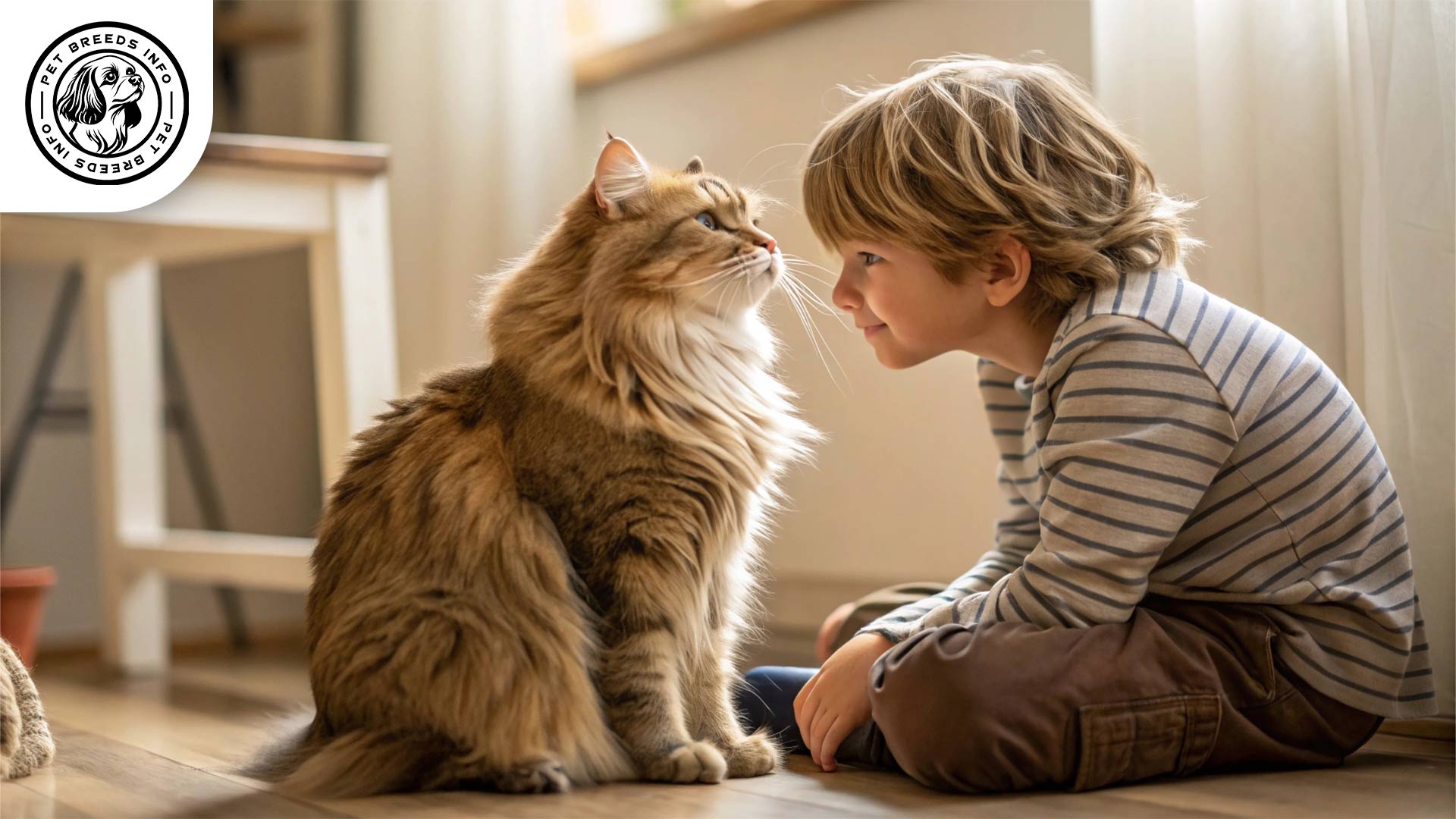
Price and Availability
The Cymric kitten price can vary widely, usually falling between $300 and $1,500, depending on factors like pedigree, breeder reputation, and location. If you’re looking to bring one home, start with reputable breeders who prioritize ethical practices always ask for health records for the kitten and its parents to ensure you’re getting a healthy pet. Alternatively, check shelters or adoption centers, where you might find a Cymric in need of a loving home at a lower cost. Doing your homework on the breeder or adoption source ensures your new furry friend is happy, healthy, and ready to join your family.
Final Thoughts
The Cymric cat is an affectionate, loyal, and intelligent breed that makes a great companion for families and individuals alike.
Its adaptable nature allows it to thrive in different living environments, provided it receives enough attention and stimulation.
Read More: Cheetoh Cat
Potential owners should consider its grooming needs, health concerns, and requirement for companionship before committing to this breed.
With proper care, the Cymric will reward its owner with years of love, playfulness, and companionship.
FAQ
How much grooming does a Cymric cat need?
Cymric cats have a dense double coat and require regular grooming. Brush them 2-3 times a week to prevent tangling and reduce shedding.
Are Cymric cats good with children and other pets?
Yes, Cymric cats are affectionate and enjoy playtime with children. They also get along well with other pets, including other cats and dog-friendly dogs.
What health problems are common in Cymric cats?
Cymric cats may inherit Manx Syndrome (spinal defects) and can experience arthritis in their hind legs. Some may also have digestive issues.
How much exercise does a Cymric cat need?
Cymric cats enjoy moderate playtime and interactive toys. Regular mental and physical stimulation is important, but they also enjoy lounging with their owners.
Are Cymric cats completely tailless?
Not always while many are tailless, some Cymrics have a small stump or partial tail depending on their genetics.

